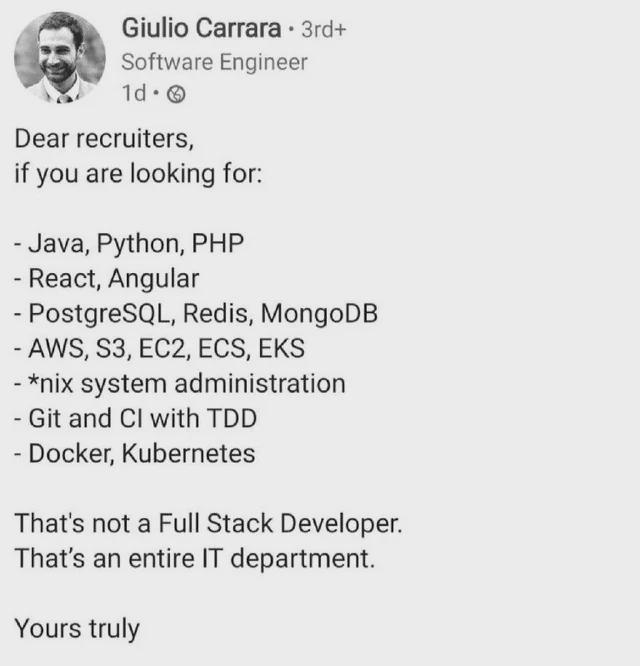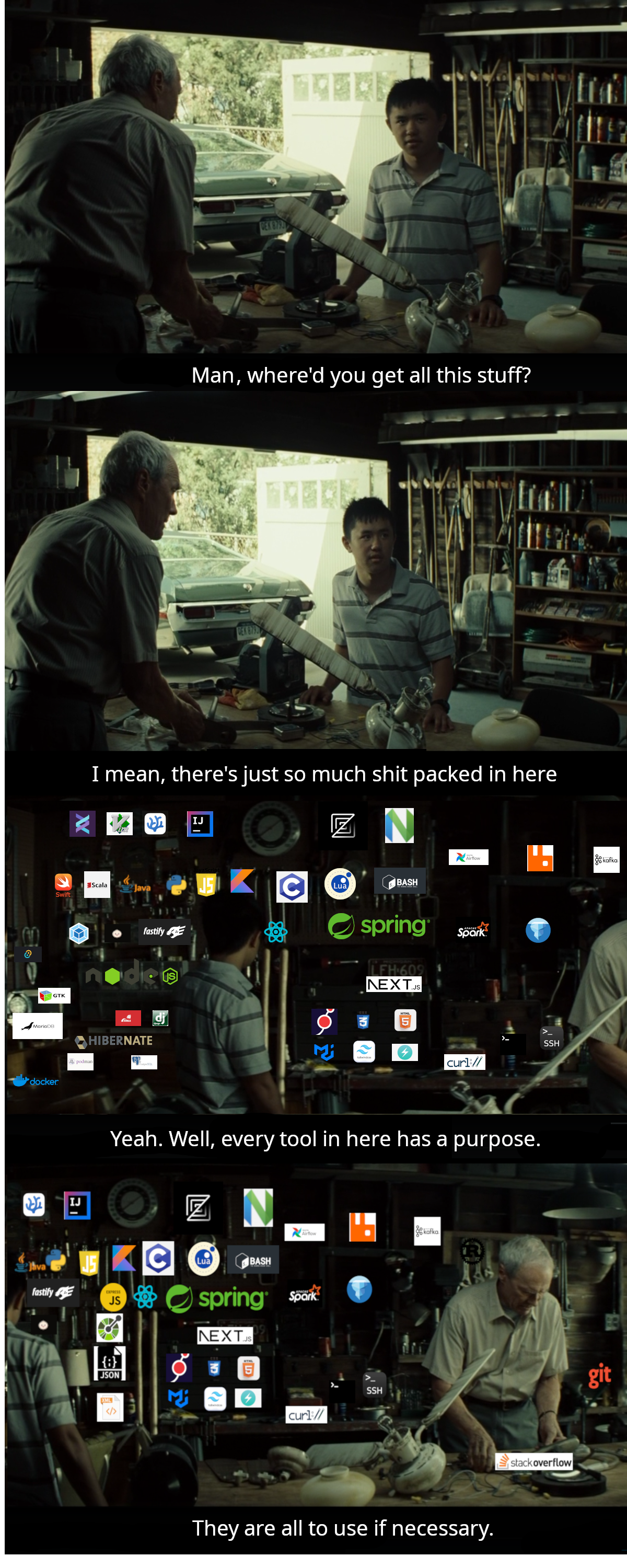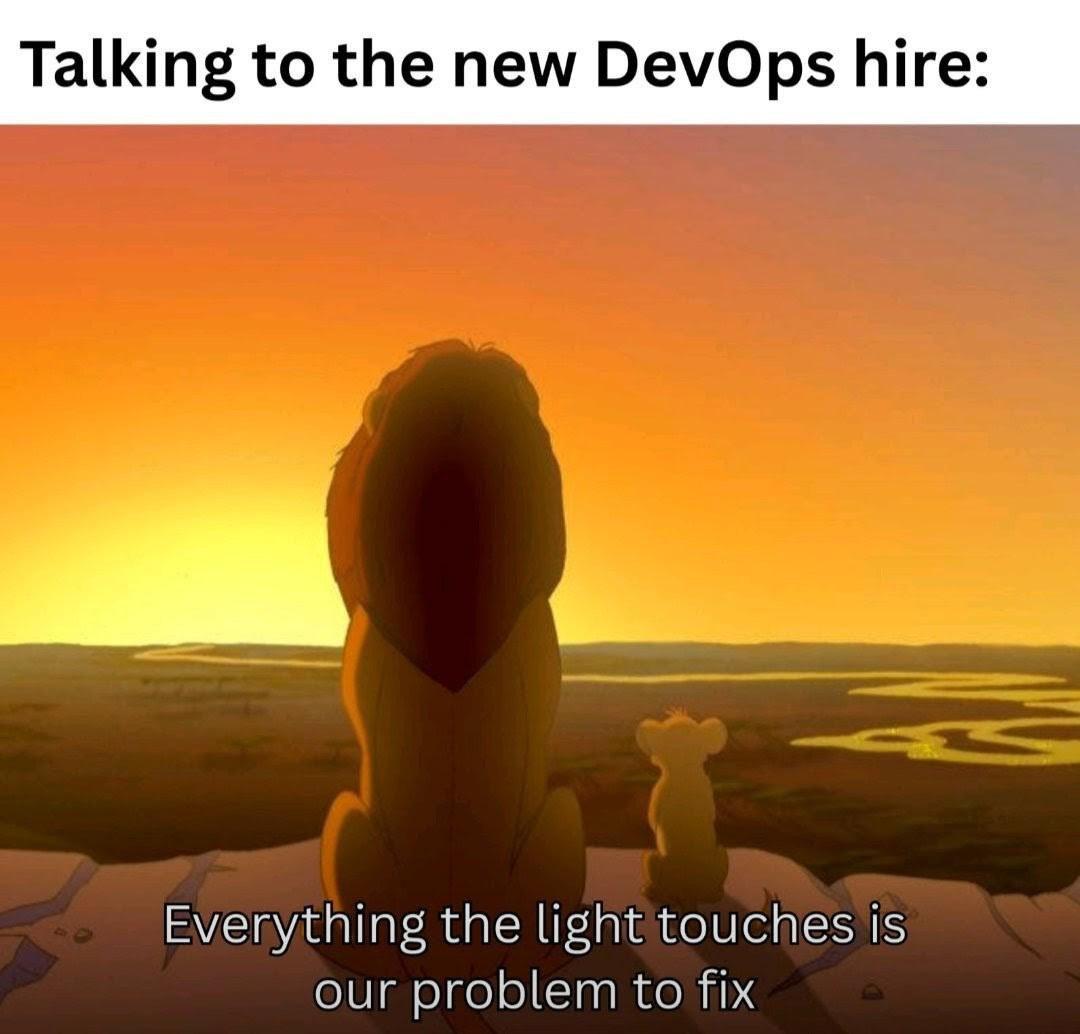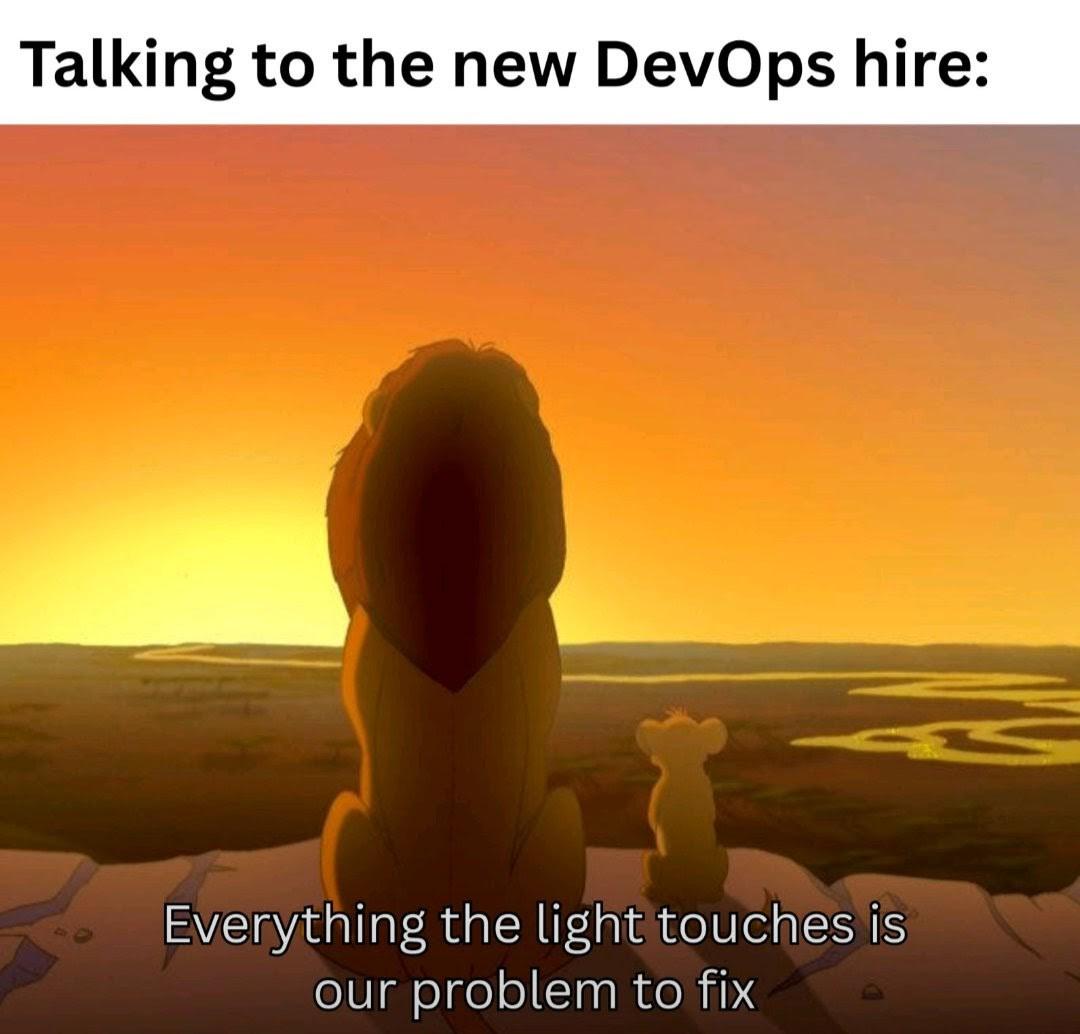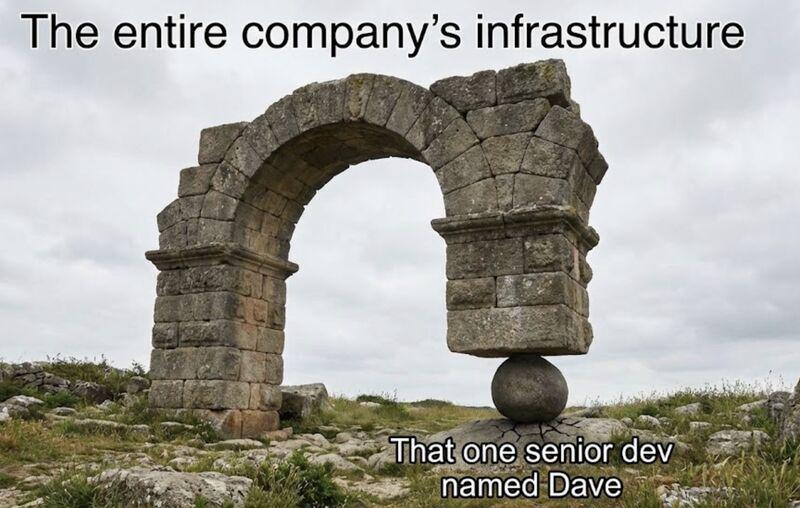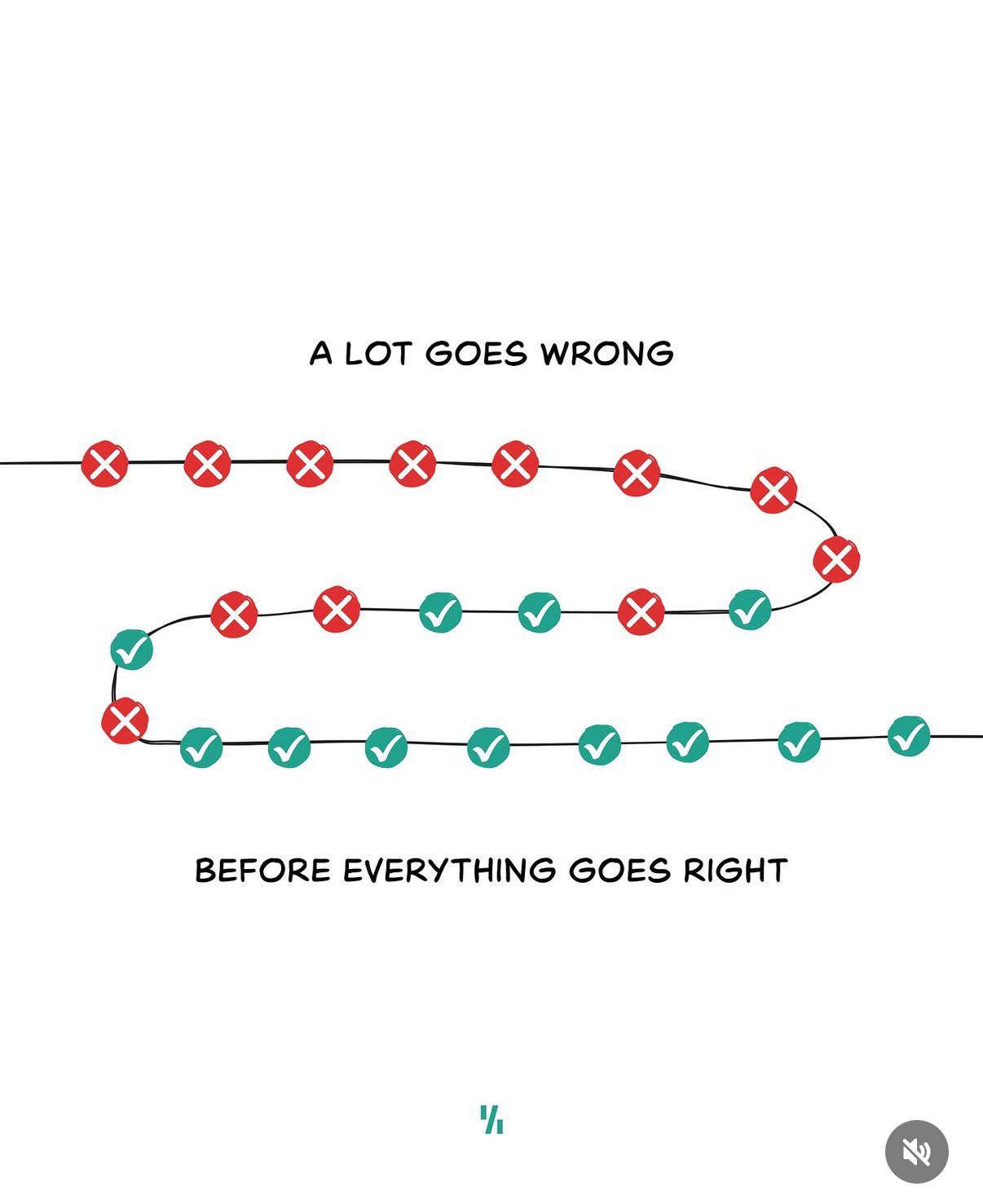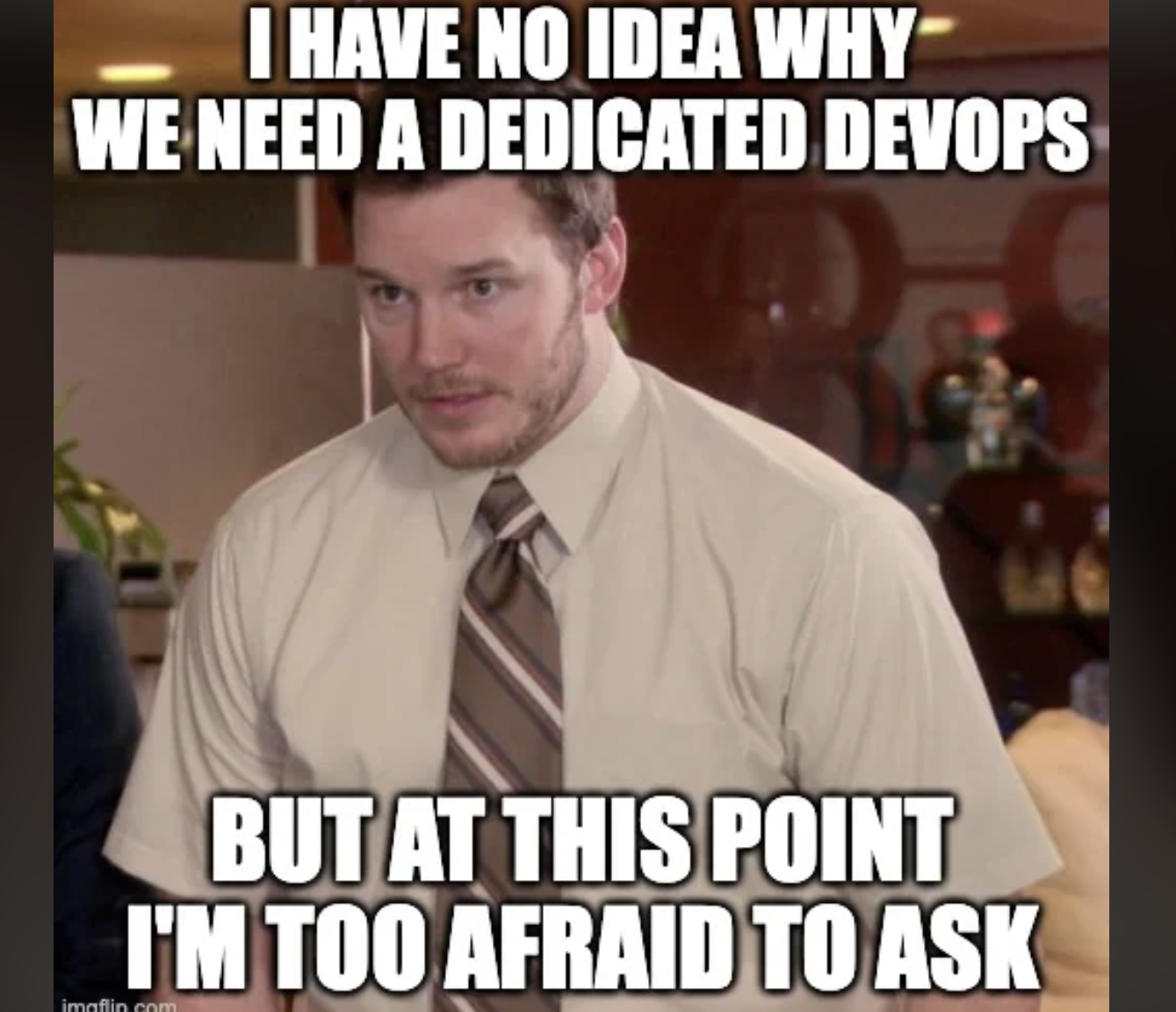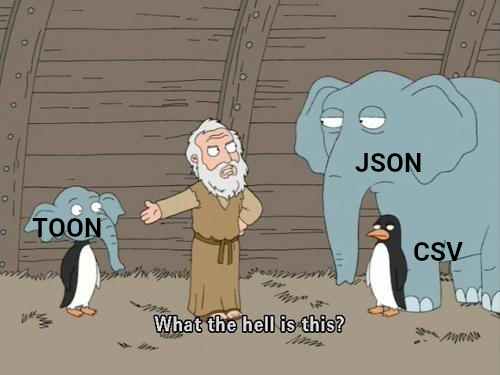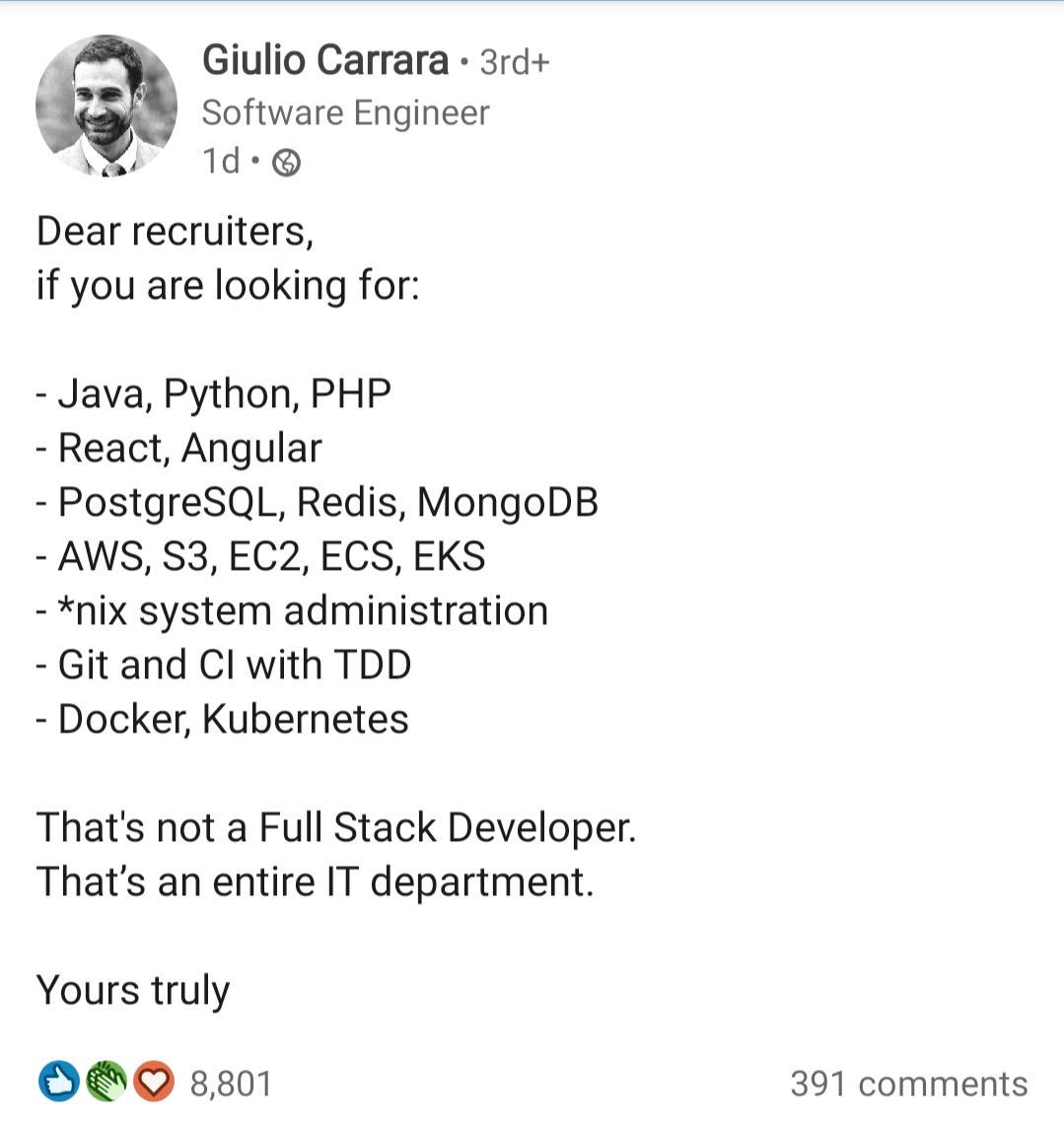HTTP 418: I'm a teapot
The server identifies as a teapot now and is on a tea break, brb
HTTP 418: I'm a teapot
The server identifies as a teapot now and is on a tea break, brb
Kubernetes Memes
Kubernetes: where simple applications go to become complex distributed systems. These memes celebrate the container orchestration platform that turned deployment into a YAML engineering discipline. If you've ever created a 200-line configuration file to run a "hello world" app, debugged pod networking issues that seemingly defy the laws of physics, or explained to management why your cluster needs more resources when CPU utilization is only at 30%, you'll find your K8s komrades here. From the special horror of certificate rotation to the indescribable satisfaction of a perfectly scaled deployment handling a traffic spike, this collection honors the platform that makes cloud-native applications possible while ensuring DevOps engineers are never bored.

 AI
AI
 AWS
AWS
 Agile
Agile
 Algorithms
Algorithms
 Android
Android
 Apple
Apple
 Bash
Bash
 C++
C++
 Csharp
Csharp
